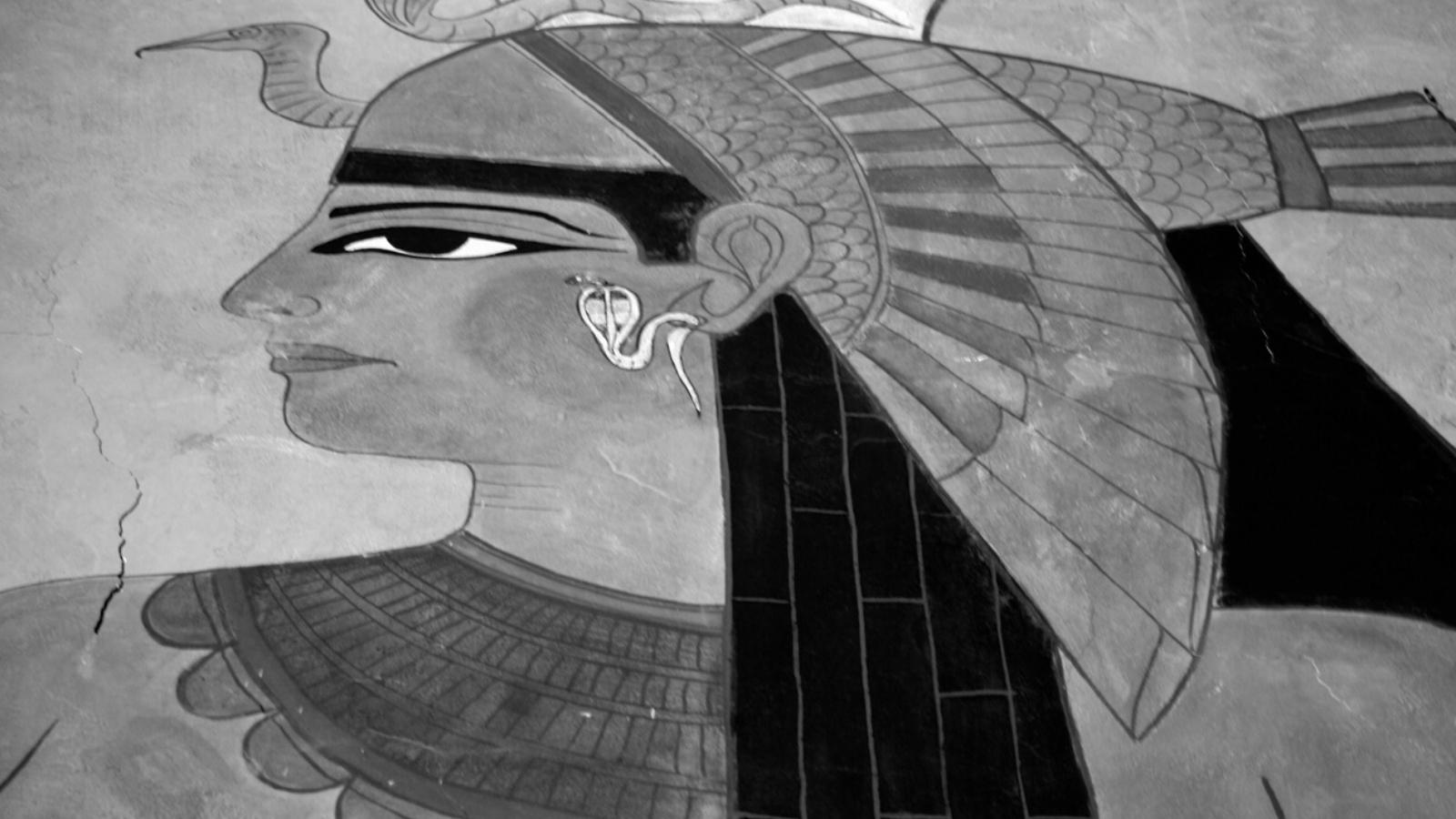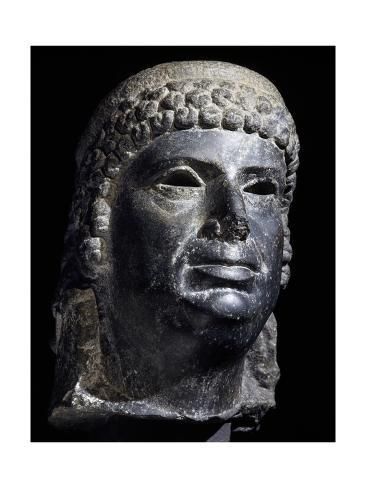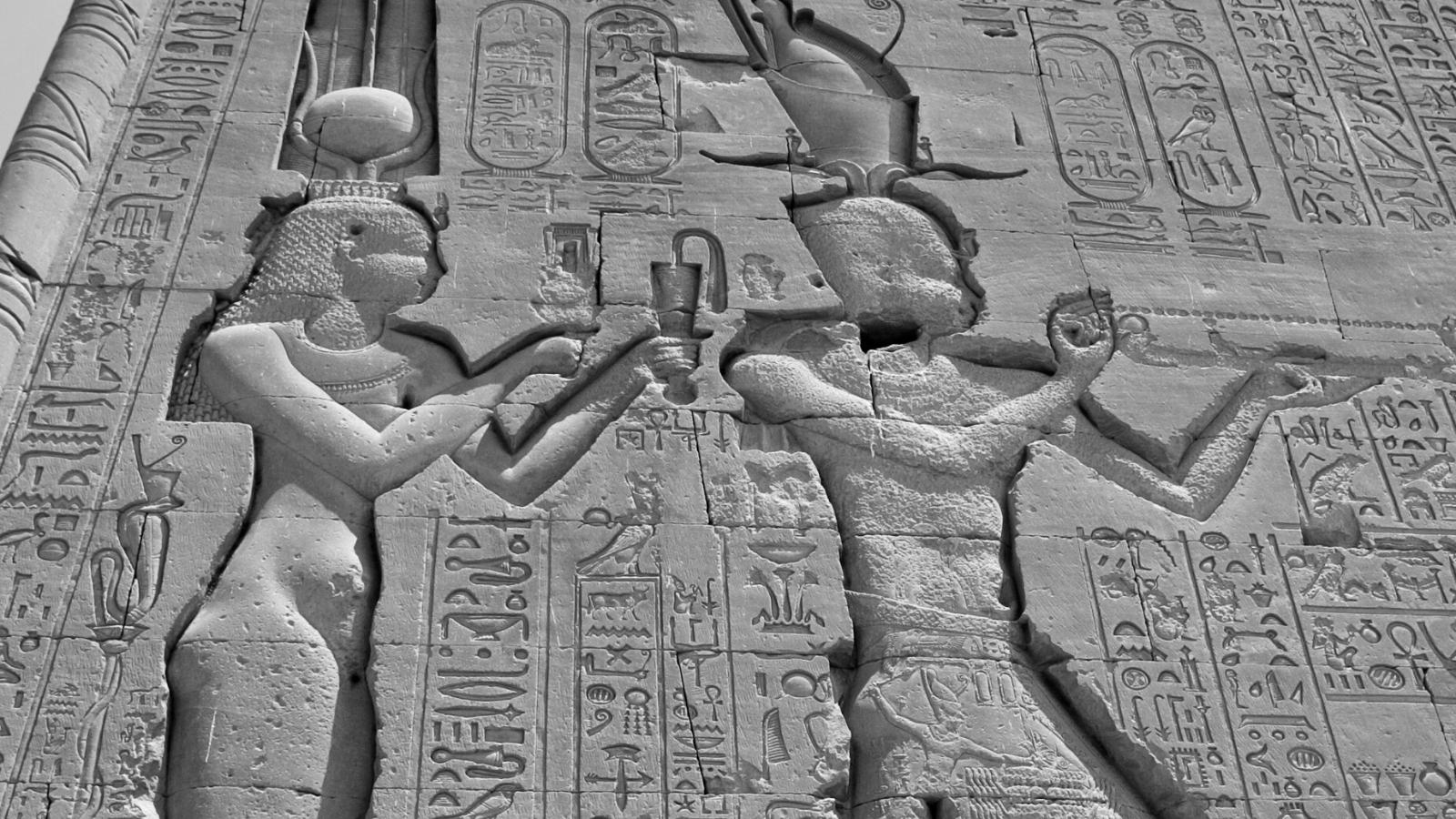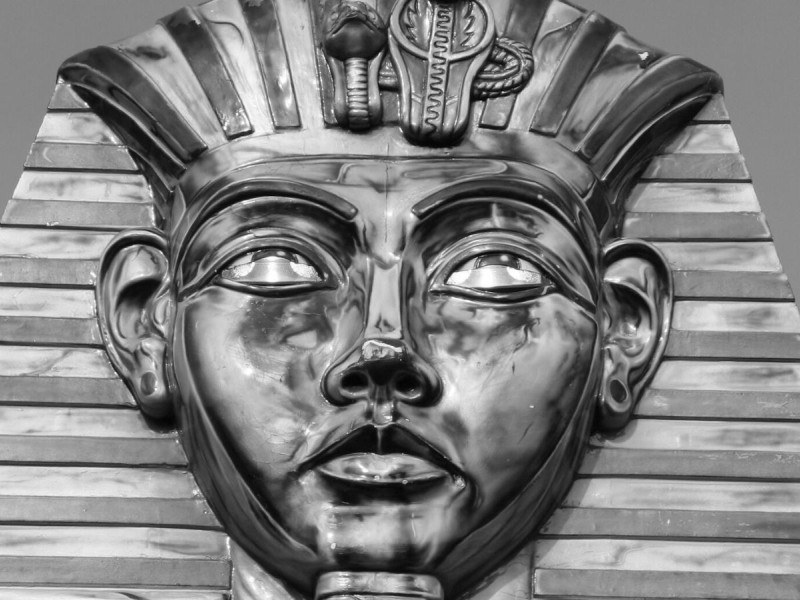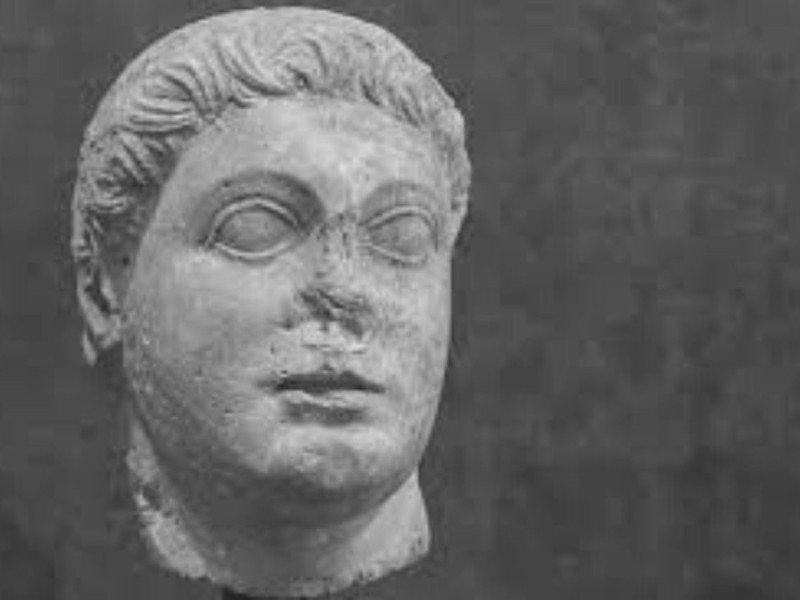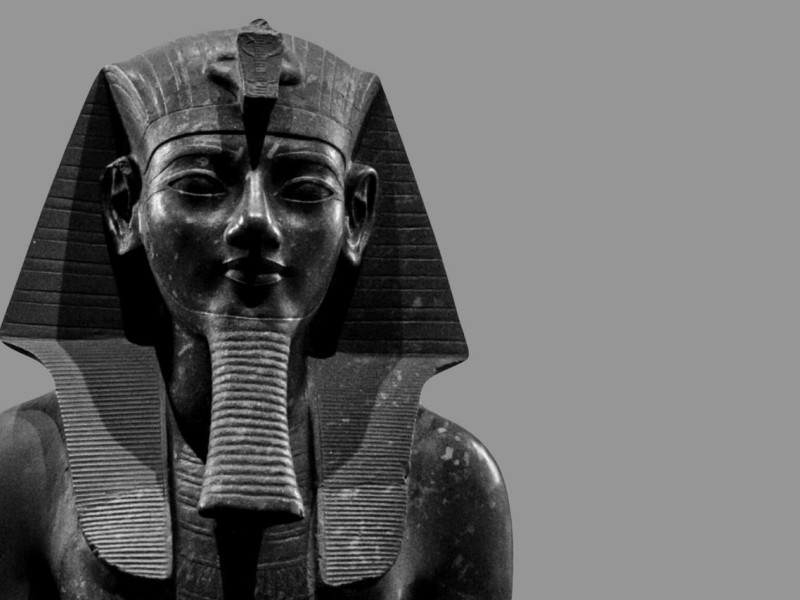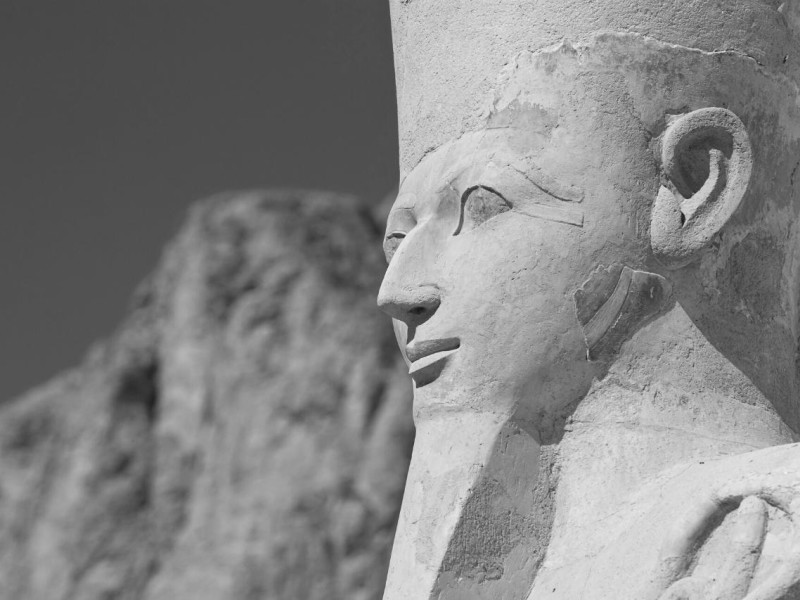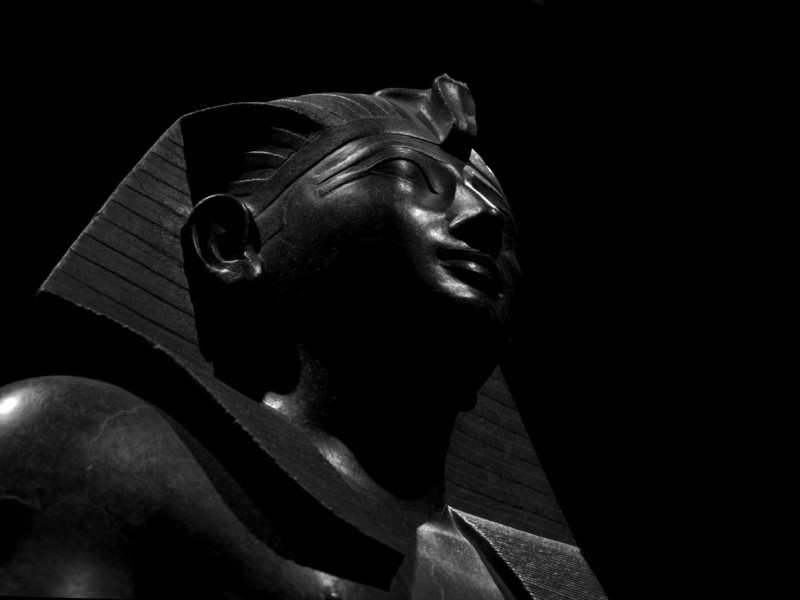Cleopatra III: The Widely Acclaimed Daughter of the King
Cleopatra III was also famously known as Cleopatra Eurgetis, or sometimes by the name Kokke. Born to an illustrious family, Queen Cleopatra III was predestined to lead and acquire wealth at all costs. The story of the reign of Cleopatra III will take you through a long battle for power, so continue reading for all the fascinating details.
Early Life of Cleopatra III
Cleopatra III was the daughter of the siblings Ptolemy VI Philometor and Cleopatra II. She was betrothed to her uncle, Ptolemy VIII Euergetes (Physcon), to keep the family tradition of securing authority at an early age.
The royal family was surprised by the sudden death of the king in 145 BC, which elevated her brother, Ptolemy VII Neos Philopator, to power. He ruled Egypt with their mother, Cleopatra II, but it did not last long. Upon hearing of the demise of the king, Ptolemy VIII came back to Egypt and married Cleopatra II. That marriage gave him the authority to lead Egypt.
Who Was Cleopatra III?
Cleopatra III was the powerful queen of Egypt who was born in 155 BC and ruled Egypt until her death in 101 BC. Her reign comprised a series of unbelievable stories about her scandalous personal and political life. As stated before, she was born in the prestigious family of Ptolemy VI Philometor and Cleopatra II, but her story was marred by personal intrigues that she couldn’t have cared less about.
Tradition occupied a vital role in the family. She was betrothed to her uncle and stepfather, Ptolemy VIII Euergetes, when she was young. A few years later, she married the said uncle and had two sons with him named Ptolemy IX Philometor Soter and Ptolemy X Alexander I. Her daughters were named Cleopatra Selene, Cleopatra IV, and Cleopatra Tryphaena, who died sometime in 112 BC.
Cleopatra III’s life was highly complex in terms of relationships. We have to understand that her complicated background can possibly explain the chaos in her life. At a young age, she was exposed to political scenes and family feuds, which is not a healthy environment to grow up in.
Cleopatra and the Throne
Cleopatra the Third came into power when her father passed away and the reign of her brother, Ptolemy VII Neos Philopator, collapsed. He had taken the throne with the support of their mother as co-ruler.
The rule of Ptolemy VII and their mother failed, after which the power was seized by their uncle, Ptolemy VIII. When Ptolemy VIII heard about this fall, he married Cleopatra’s mother and assassinated her brother to take the throne and concentrate the power in his hand completely.
During this time, Ptolemy VIII married Cleopatra III because she was already betrothed to him when she was young. Although she knew her status as the wife of Ptolemy VIII, she was fully aware of her mother’s relationship with her uncle and husband. Historians commented that with her ruthless personality, Queen Cleopatra III could have taken the role effortlessly.
As proof, she bore five children from their union, which supported her quest for power. Polygamy had been an infamous mark of the Macedonian rulers at that time, and many people were shocked at the relationship between Ptolemy VIII and his wives, as they were mother and daughter.
If Cleopatra III would do anything for power, Ptolemy VIII would also take risks to keep the throne. An example of that was the marriage to someone of his own blood.
Ptolemy VIII
It was said that Ptolemy VIII’s personality was bizarre, and reports described him as a pervert who roamed around the palace wearing nothing but see-through garments.
Historians found him to be an exhibitionist. We know that he married Cleopatra III not because of her beauty but because of her political power, so Ptolemy VIII’s cunning move to have both mother and daughter as his wives secured the throne in his hands even more.
Rivalry Between Mother and Daughter
Needless to say, Cleopatra III and her mother had an intense rivalry. Both competed before the eyes of Ptolemy VIII by giving birth to his children.
Cleopatra II bore him a son, while two sons and three daughters were the children of Cleopatra III. It was also a chaotic relationship even for their children.
However, this quest for power did not end at home because the three royal members’ rivalry resulted in a civil war in 132 BC. Cleopatra II was ahead in the competition because she sent Ptolemy VIII and Cleopatra III to Cyprus together with their children.
Ptolemy VIII got his revenge by murdering his and Cleopatra II’s son, Ptolemy Memphites. The boy was brutally killed and his dismembered body parts were sent to his mother, Cleopatra II, as a present on her birthday.
Such an abominable act was followed by sending the forces of Ptolemy VIII and Cleopatra III to Egypt and driving Cleopatra II to Syria. Knowing the vengeful spirit of her daughter, the elder Cleopatra II took the treasures of Egypt to Asia, together with the loyalty of the Upper Egyptians.
The three monarchs rode a roller coaster ride to power, and for three years, they struggled to keep the throne, which ended up in a stalemate. Finally, they arranged a truce, which led to the reign of the three royals for the next eight years and the return of the treasures of Egypt to the palace.
Death of Ptolemy VIII
The royal family was struck by an unfortunate death in 116 BC when Ptolemy VIII passed away. The two Cleopatras kept the throne, but three months later, Cleopatra II also died, paving the way to the sole reign of Cleopatra III.
Her ruthlessness became apparent when she seized the court and ordered all documents to be sealed with her name. She promoted her younger son, Ptolemy X Alexander, to the official works of the palace. Her first son, Ptolemy IX, married his sister, Cleopatra IV, to start their royal duties in Cyprus.
Despite this, Cleopatra III ordered their divorce and let him marry his younger sister, Cleopatra Selene, to ensure that Ptolemy IX could not overpower her. It was her domineering attitude that drove her sons to follow her wishes against all odds. She went so far as to plot the murder of anyone she disliked and assert her opinions for her power.
Cleopatra III’s Favoritism
Full of ambition, Cleopatra III planned to depose Ptolemy IX, the rightful heir to the throne, to give way to her second son, Ptolemy Alexander, in 107 BC. She did all she could to eliminate her firstborn from the royal scene and appoint the younger Ptolemy to the kingship.
Her efforts failed, even though she set Alexandria on fire to force Ptolemy IX to flee for his security to Cyprus in 107 BC. It was a tumultuous relationship for the mother and sons because of her favoritism. Chaos was palpable in Egypt when Cleopatra III wanted to change the status quo and conform it according to her wishes.
Would you believe that she even staged a fictitious assassination attack on her throne by Ptolemy IX?
She did this to try to win the support of the people and oust one son in favor of the other. Even worse was that she even planned the murder of Ptolemy IX. When the assigned officer failed to do it, Cleopatra III ordered the officer’s execution and decided to just expel Ptolemy IX from Alexandria.
Cleopatra III and Ptolemy X
Ptolemy X and Cleopatra III jointly ruled for six years, but the young king became discontented with the atrocities of his mother.
He was unhappy with her dominating attitude, which led him to plan the worst: the murder of his mother in 101 BC. Ptolemy X took control of the throne later on with his wife Bernice III, Cleopatra’s granddaughter.
Cleopatra III’s Legacy
Cleopatra III was known for her despotic rule and was recognized for her greed for power. This behavior resulted in a series of feuds, deceptions and even worse, the murder of her relatives. She didn’t show any respect for life and authority because she only wanted to realize her selfish plans.
Known as a woman who would do anything to keep her grasp on power at all costs, Cleopatra III stood out with her boldness to claim the throne. She didn’t propose valuable programs for Egypt. Instead, she only made sure that all wealth belonged to her. Behind her authoritarian manner, she was a devout worshipper of Isis, and she allotted extravagant funds to promote her worship of the patron goddess.
Interestingly, she pursued international trade between Egypt and far-flung countries such as India. Knowing that it was profitable to acquire more economic benefits and political stability, she pushed for more trades and exploration, which was called the Eudoxus of Cyzicus.
Conclusion
Cleopatra III led a series of royal feuds to preserve the Ptolemaic Empire. It was a tumultuous era for the royal family and for the country as well.
Historians acknowledged her as the last true pharaoh of Egypt.
Her greed for power also tainted the throne because royal members killed one another for the crown’s sake.
Cleopatra III was a domineering queen who couldn’t care less for the stability and welfare of Egypt.
Their family feuds resulted in a civil war, murder of relatives, jealousy, polygamy, pretentious relationships and lies.
She perpetrated a lot of political schemes to retain her power and amass the great wealth of Egypt.
After a long and scandalous reign, she was murdered by her favored son, Ptolemy X.
Throughout her reign, Cleopatra III was beset by scandals and controversies, leading to a unique and tumultuous legacy that is infamous up to this day.
